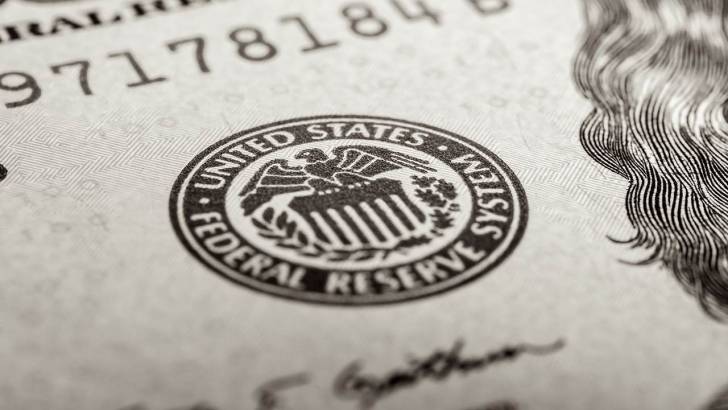by Brad Tank, CIO, Fixed income, Neuberger Berman
Was last week’s bounce for risk assets a mere taste of what’s to come if the Fed cuts rates this year?
One of my research colleagues came into the office looking a little starstruck last week. He’d just snapped a photo of Federal Reserve Chairman Jerome Powell walking down the street. Powell was in town for the Fed’s conference on “Monetary Policy Strategy, Tools, and Communications Practices,” and while the citizens of Washington, D.C. may be blasé about this sort of thing, you don’t see it every day in Chicago.
Having said that, it seems that Powell took his stroll with just a single bodyguard and no one recognized him besides our guy. That is pretty remarkable. After all, last week he showed again that he has the power to trigger billions of dollars of market movements with his words—even when they say almost nothing.
Sustaining the Expansion
In my last Perspectives, I warned that uncertainty over the U.S.-China trade dispute could put the stock market into correction territory. By the beginning of last week, the S&P 500 was down 7%, the NASDAQ was down 10% and the situation appeared to be worsening. China had published a bullish position paper on the negotiations and the U.S. threw out an accusation of “backpedaling.” And then Mexico was thrown into the pot for good measure.
Meanwhile, the drumbeat of disappointing data was growing louder. The U.S. ISM manufacturing survey for May hit a two-and-a-half-year low—and that still doesn’t include the full impact of the latest tariff hikes. The first-quarter core PCE inflation rate was revised lower, to 1% annualized. On Monday, St. Louis Fed President James Bullard became the first Fed official to call for a rate cut, saying that “a downward policy adjustment may be warranted soon.”
The result was a fierce Treasuries rally. The two-year yield lost 30 basis points in five sessions, its fastest drop in more than a decade. Investors awaited Powell’s thoughts. Would he push back against his increasingly dovish colleagues and a market that was now pricing in a 90% probability of a rate cut by September?
He did not push back. But he did not exactly endorse the doves, either. On Tuesday he said that the Fed was “closely monitoring” the implications of trade negotiations and would “act as appropriate to sustain the expansion.”
It was enough to give equities their biggest one-day bounce since January and push Treasury yields back up. Over the next two days, the People’s Bank of China provided its economy with another huge liquidity injection and the European Central Bank, faced with another soft CPI print, extended its forward guidance on rates and signaled its readiness to flip the QE switch back on.
Resolving a Question
The yield curve response to Powell’s message last Tuesday was revealing. The probability of a rate cut in September edged up still further, and yet the two-year yield rose and the curve steepened. The curve steepened further later in the week as yields declined prior to and after Friday’s soft payrolls number.
To us, that suggests that markets are confident that the Fed will act promptly, getting ahead of a slowdown rather than reacting to it, and thereby supporting growth and risk assets and avoiding the need to cut rates deeply next year. The “Powell Put” is in place. That fits with our current thesis that the Fed is the market’s friend and is intent on engineering a soft landing for the economy.
It may also start to resolve a question that has puzzled commentators this year: Why have Treasury yields been so stubbornly depressed while equities and high-yield bonds have rallied so confidently? Was the bond market seeing something bad that the stock market was missing?
Again, recent events appear to bear out our view on this, which was well articulated by Joe Amato back in March: the yield curve simply reflects the monetary policy that will be required to keep us on track for that soft landing, and equity valuations are looking through to the stimulative impact of that policy.
Preparing for a Move
The market is unambiguous with respect to lower policy rates this year. As has often been the case for many years, the market leads and the Fed follows.
Despite Powell’s apparent validation last week, however, rates markets may have moved too aggressively. While the direction is clear, the eventual timing and magnitude of any adjustment to rates will be data-dependent as the summer unfolds. We still await the full impact of higher tariffs, and trade relations could get worse before they get better. It’s no accident that measures of bond market volatility have hit a two-and-a-half-year high, and investors should be prepared for that to continue.
But we should prepare even more carefully for that move from the Fed. If Powell can jolt markets with just a few ambiguous words, imagine what might happen when he tells us that rates are being cut for the first time since 2008. It won’t be just the bond geeks who recognize him and take a snapshot—he’ll likely be on front pages around the world.














